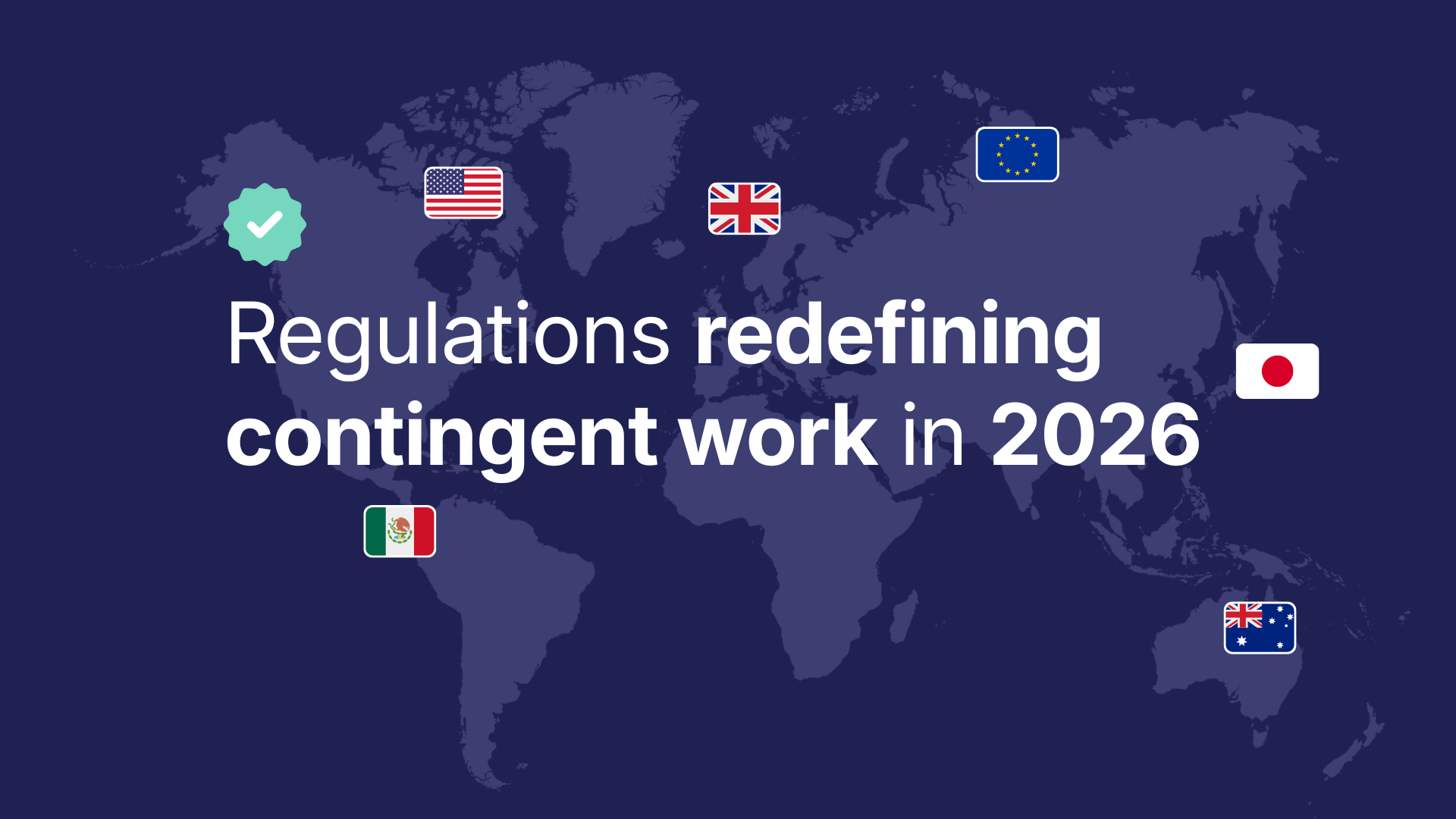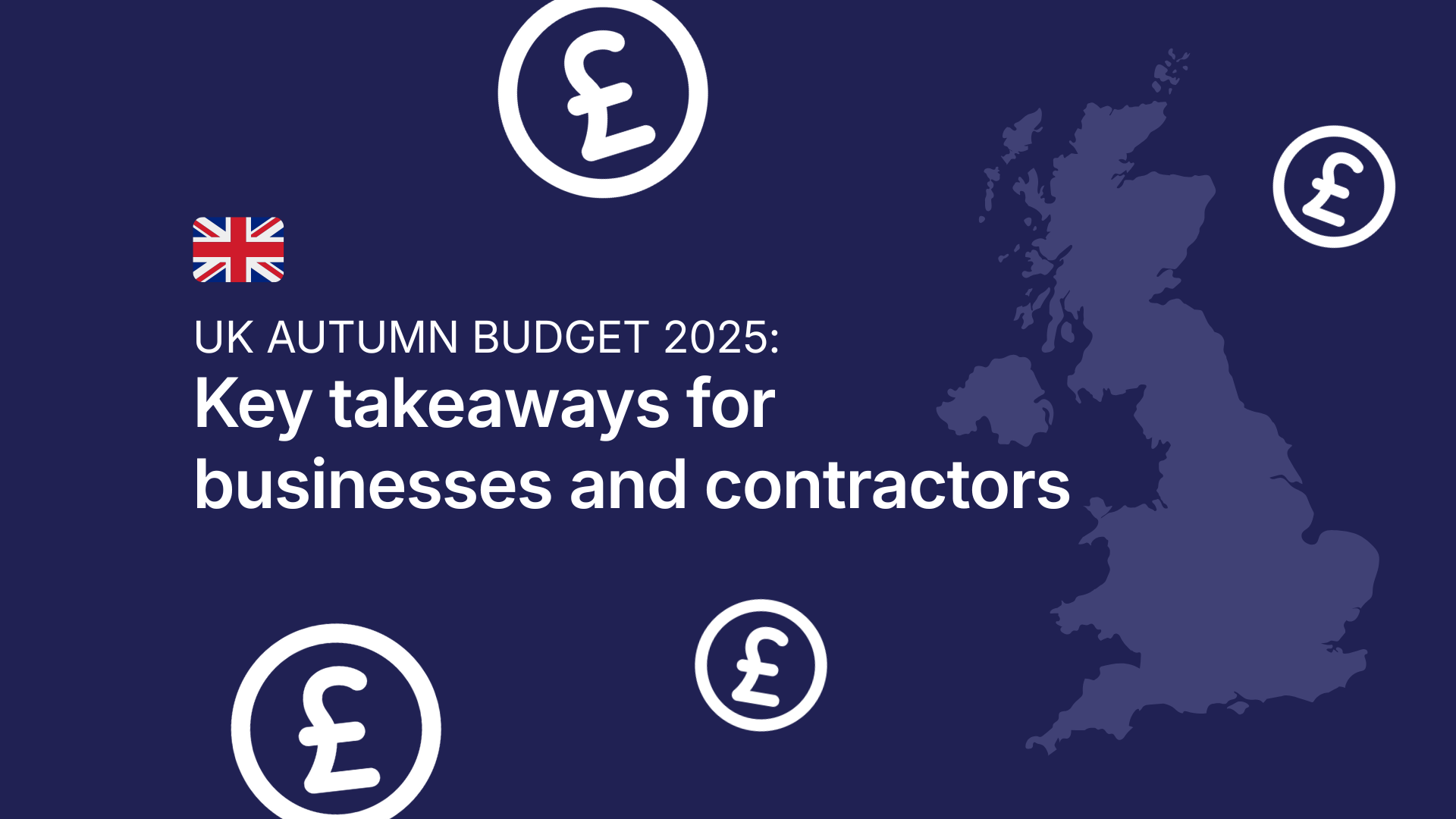Let’s talk Nike. In the freelance and contractor world, we rarely see news directly relevant to our industry that hits the headlines with a bang. So when it does, it triggers a response in us.
A big-name misclassification catastrophe of this nature only found itself under the interrogation spotlight last year, with Uber Technologies Inc. agreeing to pay a total of $8.4 million, following a lawsuit that their California drivers were misclassified as independent contractors, instead of company employees.
A similar example back in 2000 was Microsoft’s ‘permatemp’ case, where more than 8,000 temporary workers at the software vendor found themselves involved in a class-action lawsuit settlement, resulting in Microsoft paying a total of $97 million to the workers and their attorneys.
However, these multi-million fines combined still do not reach the eye-watering figures that have recently hit headlines, with Nike’s costly mistake in misclassifying thousands of independent contractors resulting in a potential fine of over $530 million.
What do these businesses all have in common?
Contractor compliance is not as simple as some may assume. Hiring a freelancer or contractor for a few weeks/months is the quicker, more cost-effective solution to permanent hiring, however the consequences for misclassifying, and ultimately paying these workers incorrectly - are serious.
Misclassified workers, classed as independent contractors when they should be permanent employees, doesn’t just have tax implications and reputational impact, but businesses could potentially be liable to pay sickness benefits, pension contributions and holiday leave, with hefty penalties attached for those who don’t comply.
Most power-house brands rely heavily on freelancers and contractors for tech and creative support, including designers, photographers, videographers, content creators, copywriters, developers, digital marketers, and so on. Hiring a small team of freelancers to help deliver a specific project is one thing. However, when this escalates into thousands of contingent workers on the books, businesses can start quickly lacking visibility and internal controls over their workforce, with no single process to manage and classify the contingent workforce compliantly.
Single country legislation changes and interpretations can already lead to misclassification errors, so imagine the complexity that companies like Nike face to run global contingent workforce programmes where each country will have their own set of local laws and hiring regulations.
While the freelancer has some responsibility to provide accurate employment details and have the appropriate level of insurance to protect themselves, when it comes to heavy penalties in the case of a misclassification - it falls on the company who hired them.
So what do these businesses have in common? (apart from some extremely busy lawyers)...They didn’t invest in a Freelancer Management System that allows them to compliantly classify their global contingent workforce, ultimately protecting their business.

Solution: The YunoJuno platform
In the past decade since its founding, YunoJuno’s mission has been to connect the world's best creative and tech freelancers with the world's most innovative companies. While the platform itself started as a giant talent pool of 100,000+ elite freelancers ready for work, it evolved to offer an enterprise grade Freelancer Management System (FMS) that brings full visibility to manage and pay compliantly a global contingent workforce.
One of the most valuable FMS features is a built-in global compliance tool, to accurately classify independent contractors, quickly. What this means is that for each location’s requirements, each project will be classified to assess whether the working practices and scope of work qualify the project for an independent contractor engagement.
This provides an almost instant global worker classification status, for example, whether the classification is “inside” or “outside” of IR35 (for UK), or whether the project qualifies for an independent contractor or “W2” engagement (for US). In parallel, the independent contractor will also go through a robust vetting process to verify that they are operating in an independent contractor compliant structure.
By classifying contractors with integrated tools and automation, businesses can hire faster, compliantly and with peace of mind - on a global scale. In a case where a worker is misclassified, YunoJuno takes the compliance responsibility to protect your business - or put simply, if something goes wrong - we have your back to ensure you don’t become the next misclassification news headline.
As my colleague and CEO of YunoJuno, Runar Reistrup says...
“I love Nike, but in this case I will advise all CEOs, CFOs and especially Head of Tax and Head of Contingent Workforce to make sure they do NOT become the next Nike...YunoJuno can help. Get in touch.”
YunoJuno CEO, Runar Reistrup
Resource: The Guardian







